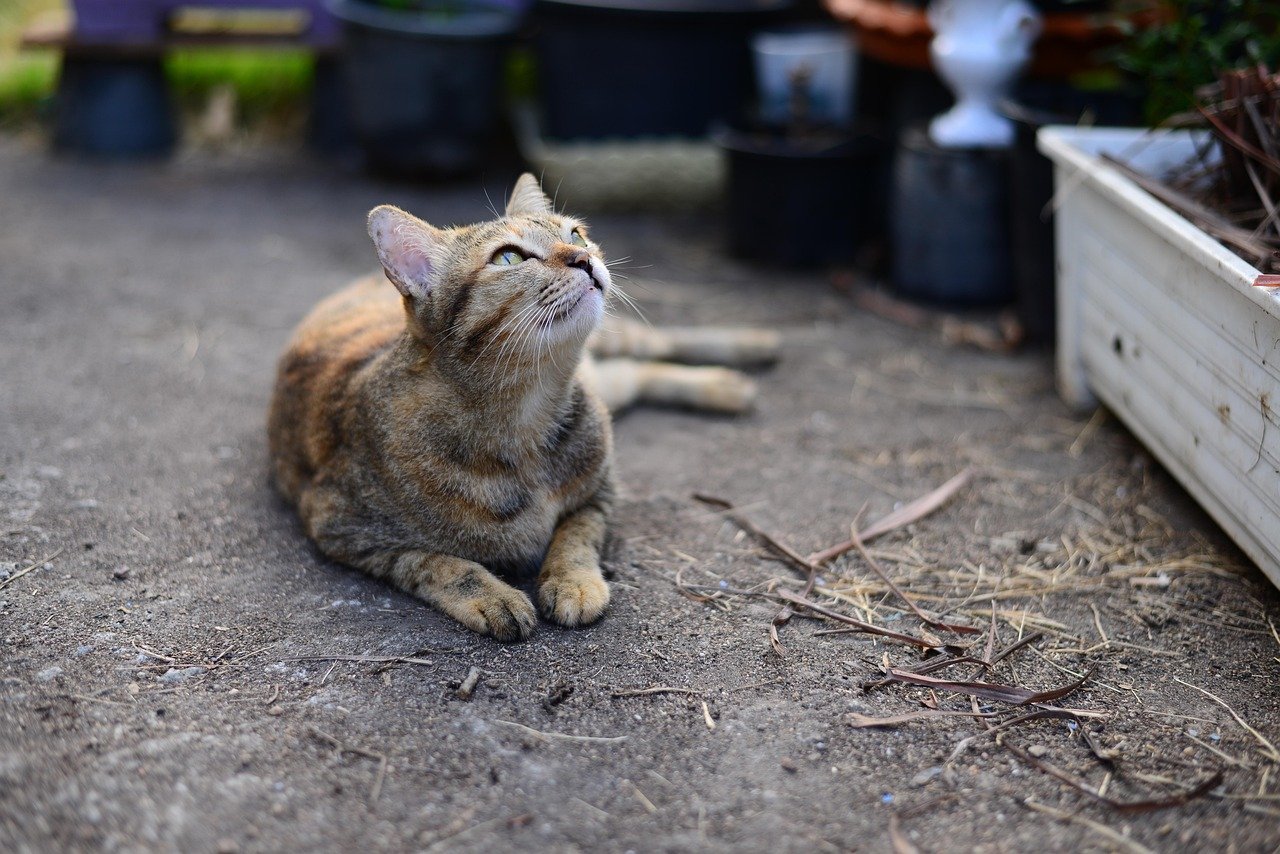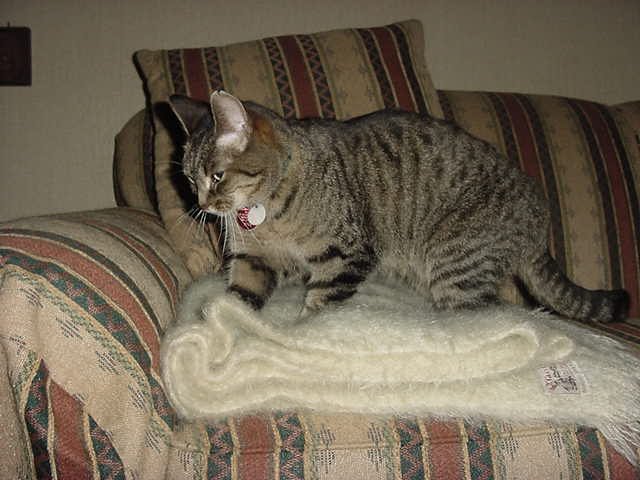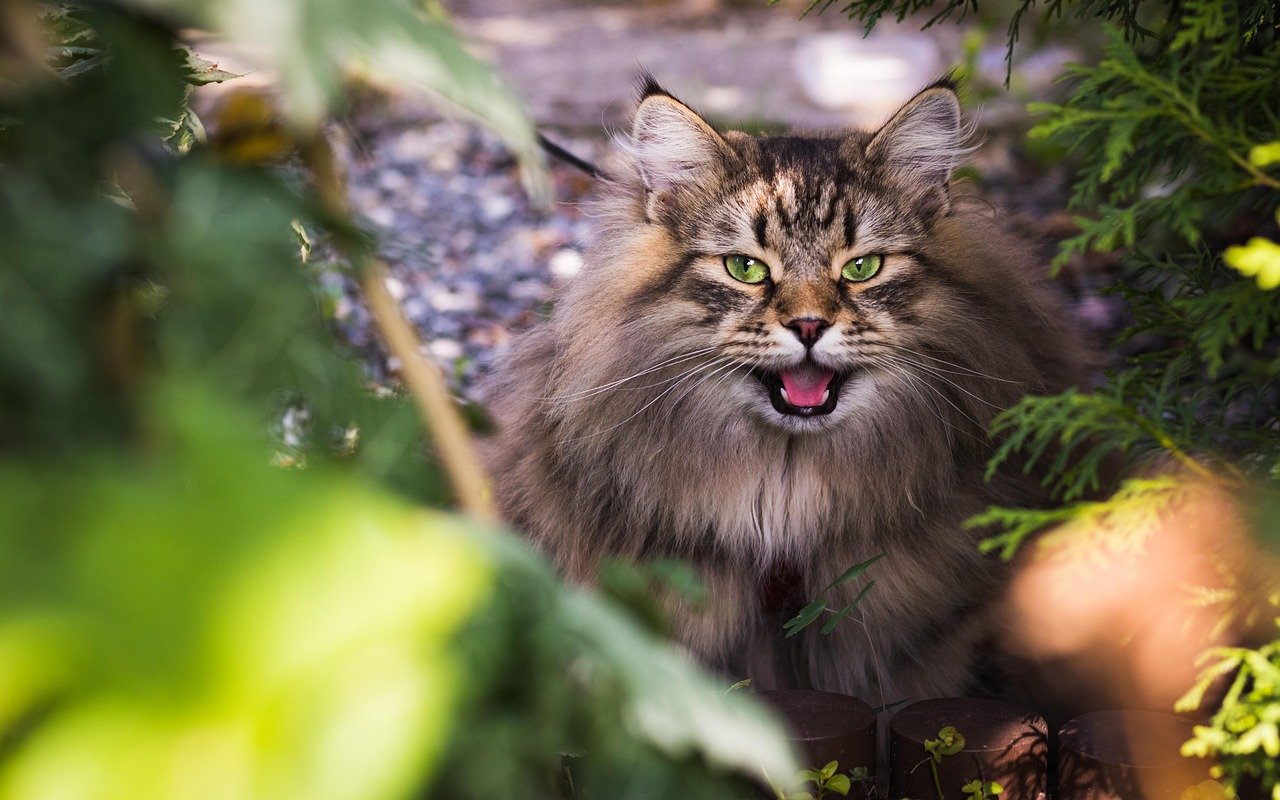Cats have a unique way of expressing their emotions, and as a cat owner, it can sometimes feel like decoding a secret language. These furry companions, often misunderstood as aloof, actually display a range of behaviors that speak volumes about their needs and feelings. Understanding these signals can deepen your bond with your feline friend and ensure their well-being. Here, we delve into ten cat behaviors that indicate your cat is seeking comfort.
Excessive Purring

Purring is perhaps one of the most well-known sounds cats make. While it often signifies contentment, excessive purring can also be a sign that your cat is seeking comfort. Imagine a child humming a tune to soothe themselves; similarly, a cat might purr to calm its nerves. If you notice your cat purring more than usual, it might be their way of saying they need reassurance. This behavior can be particularly noticeable during vet visits or after a sudden loud noise.
Kneading with Their Paws

Kneading, sometimes referred to as “making biscuits,” is a behavior that harks back to kittenhood. Kittens knead their mothers to stimulate milk flow, and adult cats continue this action to seek comfort. When your cat kneads on you or a soft blanket, they are recreating the warmth and security of their mother’s presence. It’s their way of telling you they feel safe and are looking for that same comfort.
Hiding in Small Spaces
Cats are known for their love of tight, cozy spaces. When a cat is feeling stressed or threatened, they might retreat to a small, enclosed area to feel secure. Think of it as their personal safe haven, akin to a child hiding under a blanket during a thunderstorm. If your cat frequently hides, it could be their way of coping with anxiety or fear, signaling that they need comfort and reassurance.
Increased Vocalization

An uptick in meowing or other vocalizations can indicate that your cat is trying to communicate a need. Cats often use their voice to express discomfort or distress. If your usually quiet cat becomes unusually chatty, they may be feeling uneasy. Just like a friend who suddenly starts talking more when they’re troubled, your cat’s increased vocalization is a plea for attention and comfort.
Clinginess or Following You Around
While some cats are naturally more independent, others may become clingy when they need comfort. If your feline friend is suddenly glued to your side, following you from room to room, they may be seeking solace. This behavior can be likened to a child seeking their parent’s hand for reassurance. Your cat’s increased need for your presence indicates they trust you to provide the comfort they crave.
Slow Blinking or Staring
A cat’s gaze can be incredibly expressive. Slow blinking is often referred to as a “cat kiss,” a sign of affection and trust. When a cat holds your gaze and blinks slowly, they are inviting you into their world of comfort. It’s their way of saying, “I feel safe with you.” Responding with your own slow blink can reassure your cat and reinforce the bond between you.
Excessive Grooming
Cats are meticulous groomers, but when they start grooming excessively, it might be a sign of stress. Just as some people might bite their nails or fidget when anxious, cats may lick themselves to self-soothe. If you notice bald patches or irritated skin, it could mean your cat is trying to comfort themselves and might need your help to alleviate their stress.
Loss of Appetite
A sudden disinterest in food can be a concerning sign. Cats may lose their appetite when they are stressed or unwell. Just like humans may skip meals when they’re upset, a cat’s refusal to eat can indicate they are not feeling comfortable. Ensuring a calm and safe environment can help coax your cat back to their food bowl and provide the comfort they need.
Sleeping More Than Usual
Cats are known for their love of sleep, but if your cat is sleeping more than usual, it could be a coping mechanism for stress or discomfort. Sleep can be a refuge, a way to escape from reality. Pay attention to any changes in your cat’s sleeping patterns, as it might be their way of seeking solace and comfort during challenging times.
Litter Box Avoidance
Cats are generally clean animals and prefer to use their litter box. However, if your cat starts avoiding it, it could indicate stress or discomfort. This behavior might be their way of signaling that something is amiss. It’s akin to a person avoiding certain places or activities when they’re anxious. Addressing the underlying issue can help bring your cat back to their comfortable routine.
Understanding these behaviors can help you provide the comfort and support your cat needs. By being attentive to these signs, you can ensure your feline friend feels safe and loved in your home.
Hi, I’m Bola, a passionate writer and creative strategist with a knack for crafting compelling content that educates, inspires, and connects. Over the years, I’ve honed my skills across various writing fields, including content creation, copywriting, online course development, and video scriptwriting.
When I’m not at my desk, you’ll find me exploring new ideas, reading books, or brainstorming creative ways to solve challenges. I believe that words have the power to transform, and I’m here to help you leverage that power for success.
Thanks for stopping by, Keep coming to this website to checkout new articles form me. You’d always love it!





